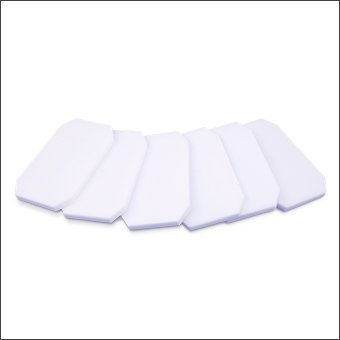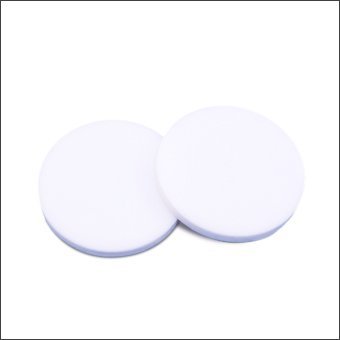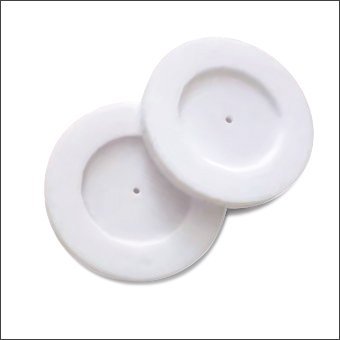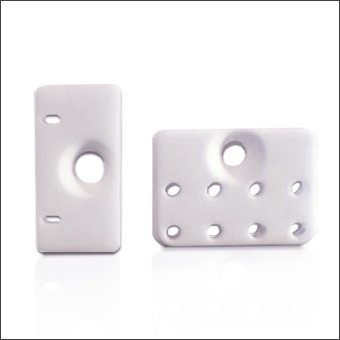Machine Like Metal, Perform Like Ceramic
Macor ceramic redefines engineering limits and makes impossible designs a reality! The core advantages of macor sheet include:
- CNC direct cutting with accuracy ±0.02mm, eliminating complex post-processing.
- Resistant to high temperatures of 800°C.
- Vacuum zero outgassing (< 10⁻⁹ Torr·L/s).
- Insulation > 40kV/mm.
- Anti-plasma corrosion.

Your Reliable High-performance Macor Sheet Supplier
Transform your high-performance designs with macor ceramic – the only machinable glass ceramic that bridges the gap between metal’s workability and advanced ceramic’s extreme capabilities. It can be machined with common metalworking tools and offers thermal stability to 800℃, zero outgassing in vacuum and excellent dielectric strength – critical for semiconductor, aerospace and medical applications.
You can trust us because we have more than 15 years of technical expertise in advanced ceramics. We can customize the size, thickness and surface treatment for you. We implement strict quality control, and offer great prices. Contact us for quotes, or technical consultation today!
Product By Features
The most outstanding feature of machinable glass ceramic is that they can be processed by turning, milling, planing, grinding, drilling, sawing and tapping with standard metal processing tools and equipment. We can provide various macor sheets with complex shapes and high precision.
Right-angled sides, used for laboratory micro fixtures, semiconductor equipment linings, etc.
Centrosymmetric structure. Used for laser mirror base substrate, vacuum chamber observation window flange, etc.
Round shape with step and small center hole, used for multi-stage sealing gaskets, electronic packaging substrates, etc.
Through hole (for heat dissipation/filtering) or blind hole (depth ≤ 80% thickness) design.
Macor Sheet vs. Traditional Ceramic Sheets
In semiconductor manufacturing, material properties directly determine equipment life and wafer yield. Although traditional ceramics such as alumina and aluminum nitride are resistant to high temperatures, they are difficult to process precisely. Macor machinable glass ceramics perfectly solve this contradiction.
Case: An EUV lithography machine manufacturer used Macor sheet to replace alumina sheet, saving US$2.2 million in processing consumables annually. This is because Macor sheet:
- Easy to Process like Metal
– CNC direct molding eliminates post-sintering processing costs (5 times more efficient than alumina processing).
– No cracking on the edge. 0.1mm precision holes can be achieved (key requirements for lithography machine components).
- Zero Failure in Extreme Environments
– Zero outgassing under vacuum (<10-9Torr·L/s) to avoid wafer contamination.
– Resistant to plasma corrosion (3 times longer life than silicon nitride).
- Lower Overall Cost
One macor insulating sheet can replace the “metal + ceramic” composite design (30% weight reduction).
The safe operating temperature range of macor sheet is:
- Oxidizing environment: ≤800℃ (such as observation windows of heat treatment equipment).
- Vacuum/inert gas: ≤1000℃ (such as spacecraft heat shield).
- Under mechanical load: ≤600℃ is recommended (bending strength decreases with increasing temperature).
The dielectric strength of macor sheet is >40 kV/mm, far exceeding most engineering plastics (such as PEEK’s 20 kV/mm) and traditional ceramics (such as alumina’s 15-20 kV/mm). Its unique glass-ceramic structure can still maintain stable insulation under high voltage, and is particularly suitable for the following high-voltage scenarios:
- Semiconductor equipment: plasma power supply insulation (withstands 30-50 kV)
- Energy field: high-voltage power transmission sensor bracket (>100 kV/m anti-corona)
- Medical equipment: X-ray tube insulation components (breakdown protection life extended by 3 times)
The core advantages of macor sheet in the semiconductor field are:
- Vacuum zero pollution: outgassing rate <10⁻⁹ Torr·L/s, eliminating wafer contamination.
- Precision machining: complex structure is formed in one step, and its cost is 60% lower than traditional ceramics (laser cutting is required).
- Plasma corrosion resistance: the etching rate in CF₄/O₂ plasma is only 0.05μm/hr, and the life is more than 5 times that of alumina plate.
- Thermal matching metal: when combined with stainless steel parts, there is still no cracking at ΔT=200°C.







